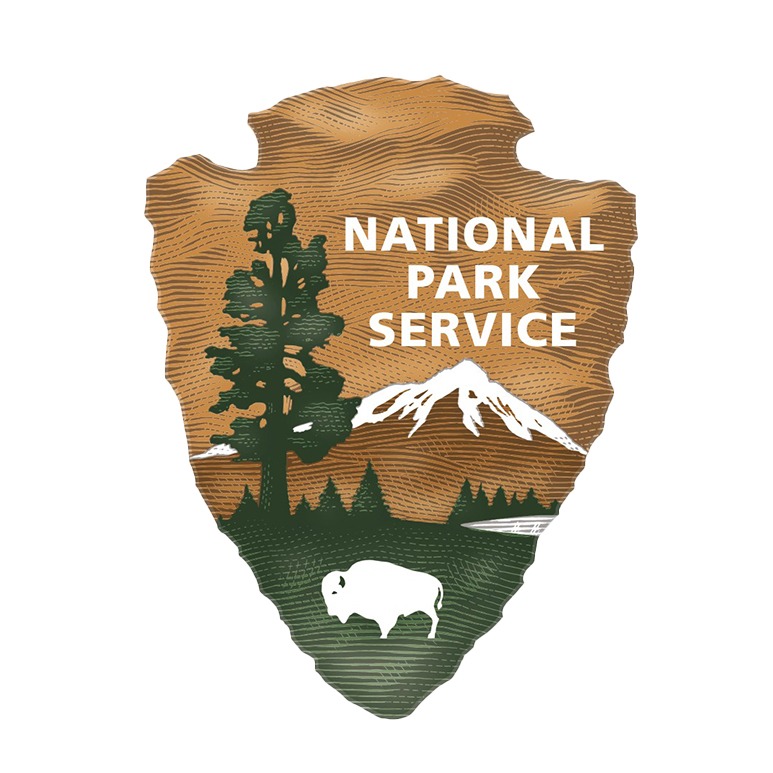*This is a 2023 archived project, view this year’s projects here.
How your support helps: In 2016, with support from Conservancy donors, the 400-acre Ackerson Meadow area became part of Yosemite National Park. The extensive meadow system — which was previously used for logging, and cattle grazing — supports numerous rare plant and animal species, such as monkeyflowers, willow flycatchers, and western pond turtles.
Ultimately, the National Park Service aims to restore Ackerson and South Ackerson meadows into a healthy, functional ecosystem in the northwestern part of the park. Multiple factors have affected the meadows’ integrity, including prolific invasive plants and a mile-long gully flanked by dried-out wetlands. Conservancy-funded grants have helped park crews and researchers prepare for a large-scale restoration by mapping wetlands, assessing hydrology, surveying species, and identifying culturally significant resources. In 2019, park experts also launched a pilot study to install and monitor ecological restoration structures modeled on beaver dams.
This year: In 2023, with your support, essential pre-restoration steps will continue in Ackerson and South Ackerson meadows. Work will include:
- Removing invasive plants, such as medusahead and velvet grass.
- Using environmental DNA to detect the presence of bullfrogs and other non-native species that threaten native amphibians.
- Documenting the diverse songbirds and owls that rely on the meadows.
- Studying and maintaining the “beaver dam analogues” that were installed in 2019, to determine how effectively those structures are trapping sediment and restoring an eroded stream channel.
- Creating materials about the history of the Ackerson Meadow area for public education and media outreach.
- Repairing a broken fence on the edge of the meadow to better define the federally protected area.
- Monitoring Ackerson Creek streamflow and groundwater.
- Monitoring songbirds: more than 760 individual birds from 56 species!
- Surveying amphibian and western pond turtles found in the meadow’s system.
These steps form a crucial foundation for a successful, comprehensive, and lasting restoration of the Ackerson Meadow area. By supporting this work, you’re playing a central role in a landmark effort to help natural processes and wild species flourish in Yosemite’s newest protected acres.
Ackerson Meadow and South Ackerson Meadow are sensitive habitats. To ensure the recovery and long-term vitality of these critical wetland ecosystems, the park needs your help to limit additional human impacts on the meadow during and after the restoration. Help this new Yosemite treasure thrive by observing the meadows and their wildlife from a distance, and by keeping on designated trails to protect plants and ecosystems from harm.
Project partners: Yosemite National Park, Calaveras Healthy Impact Product Solutions (CHIPS), The Institute for Bird Populations, Stanislaus National Forest, Swiftwater Designs, and Washington State University

